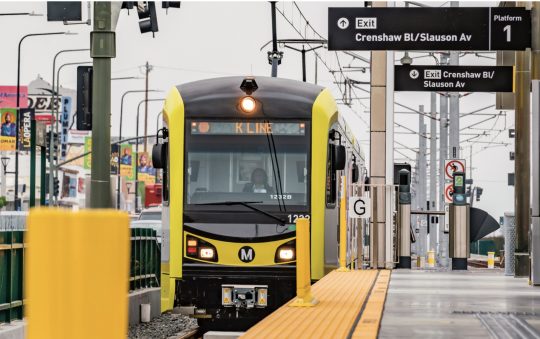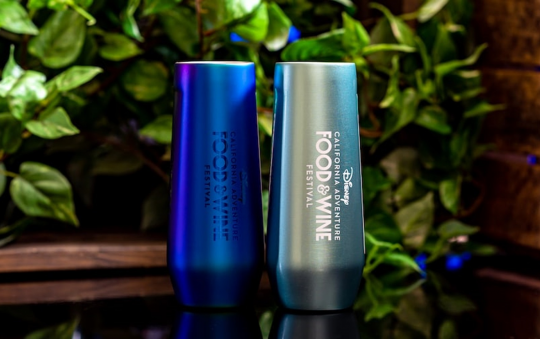Assemblywoman Autumn R. Burke (courtesy photo)
Assemblywoman Autumn R. Burke (D-Inglewood) introduced legislation last week, that would put California on track to reach Governor Jerry Brown’s goal of 1.5 million electric vehicles on the road by 2025. AB 1108 – known as the “15 by 25” plan –directs the California Air Resources Board (CARB) to require at least 15% of all new passenger cars sold in California be zero emissions by 2025. This translates to roughly 300,000 emissions-free vehicles delivered in 2025.
AB 1108 is supported by community leaders, environmentalists, health advocates, consumers and businesses advancing ZEV technology and infrastructure. This action will help drive the cost of electric vehicles down, making the technology affordable for all Californians.
“The pollution from tailpipes claims hundreds of lives and contributes to tens of thousands of cases of asthma in our children every year,” said Assemblywoman Burke. “The number one thing we can do to address this urgent challenge is to put millions more clean cars on the road. Governor Brown has set an ambitious goal of 1.5 million electric vehicles by 2025, but unless we take action, the state won’t come close to meeting this goal. That’s why we need to reform the rules to require that 15% of all cars sold in California have zero emissions by 2025. This is about clean cars, not credits.”
“California – under the leadership of Governor Brown and CARB – has been a global leader in developing smart policies to address the state’s clean air and global warming challenges,” said Kish Rajan, Chief Evangelist for CALinnovates. “Now, it is critical that we unleash the power of automotive innovation to take the next step. By encouraging automakers to sell more clean cars in the state, California will dramatically accelerate the shift to clean cars, while driving economic growth, innovation and job creation.”
“Every day more Californians are switching to an electric vehicle. In fact, there are now more than 200,000 EVs on California roads,” said Jason Barbose, Western States Policy Manager, Union of Concerned Scientists. “These vehicles are cutting pollution and saving drivers $81 million a year on fuel costs. However, the Zero Emission Vehicle Program needs a tune-up to reach the Governor’s goal of 1.5 million EVs by 2025 and deliver the clean cars that Californians need. We support efforts to ensure that the ZEV Program delivers on its goals.”
“More than 8 out of 10 Californians live in communities affected by unhealthy air, breathing in pollution from over 30 million gasoline and diesel vehicles on the road. We can cut smog and carbon pollution by making plug-in electric vehicles more accessible and available to all Californians,” said Simon Mui, Director, California Vehicles and Fuels, Natural Resources Defense Council. “The first step is to tune-up the state’s Zero Emission Vehicle Program to ensure the auto industry shifts to high gear.”
The ZEV Credit System
The ZEV Credit system is California’s established mechanism for incentivizing automakers to sell or lease vehicles with zero tailpipe emissions. In 1990, when CARB first established a ZEV requirement, it set clear market share goals within the Low Emission Vehicle (LEV) regulation of 2%, 5% and 10% of sales by 1998, 2001 and 2003, respectively. Today, California no longer has a target for ZEV adoption that is formalized in regulation.
Governor Jerry Brown has made it state policy to have 1.5 million electric vehicles on the road by 2025 and all cars sold in the state be emissions-free by 2050.
Yet, under the system in place today, the sale of some vehicles earn up to 9 ZEV credits, rather than just one. This has created a surplus of credits and automakers are able to stockpile them instead of doing all they can to make electric vehicles attractive and affordable for consumers. Consequently, unless the program is modernized, the state will not meet Governor Brown’s goals.
15 by 25 Plan
The legislation directs the California Air Resources Board to adopt a regulation by the end of 2017 to require automakers to ensure that 15% of all cars delivered in California be emissions free by 2025.
In 2015, sales of zero emissions vehicles represented just 1.7% of California new car sales.
A recent PPIC survey found that 47% of Californians are seriously considering getting an electric vehicle the next time they purchase or lease a vehicle.







